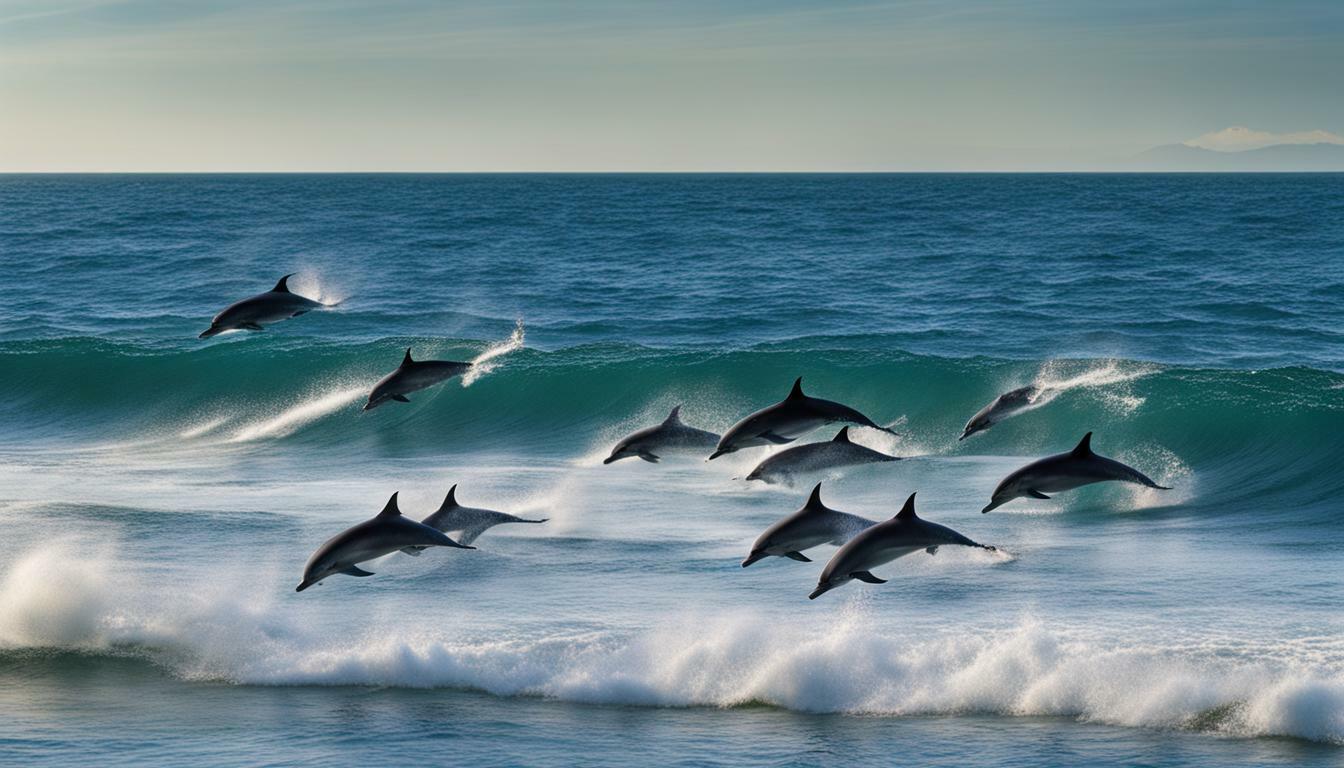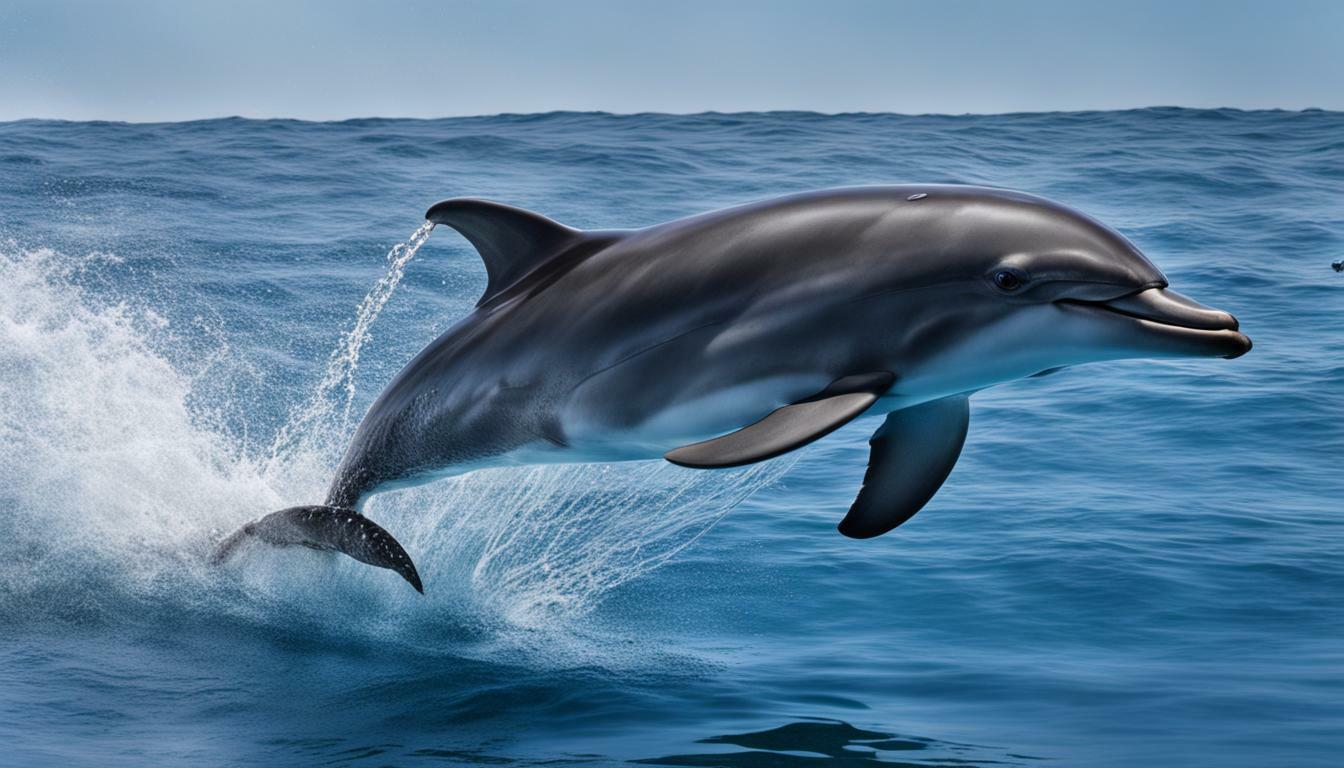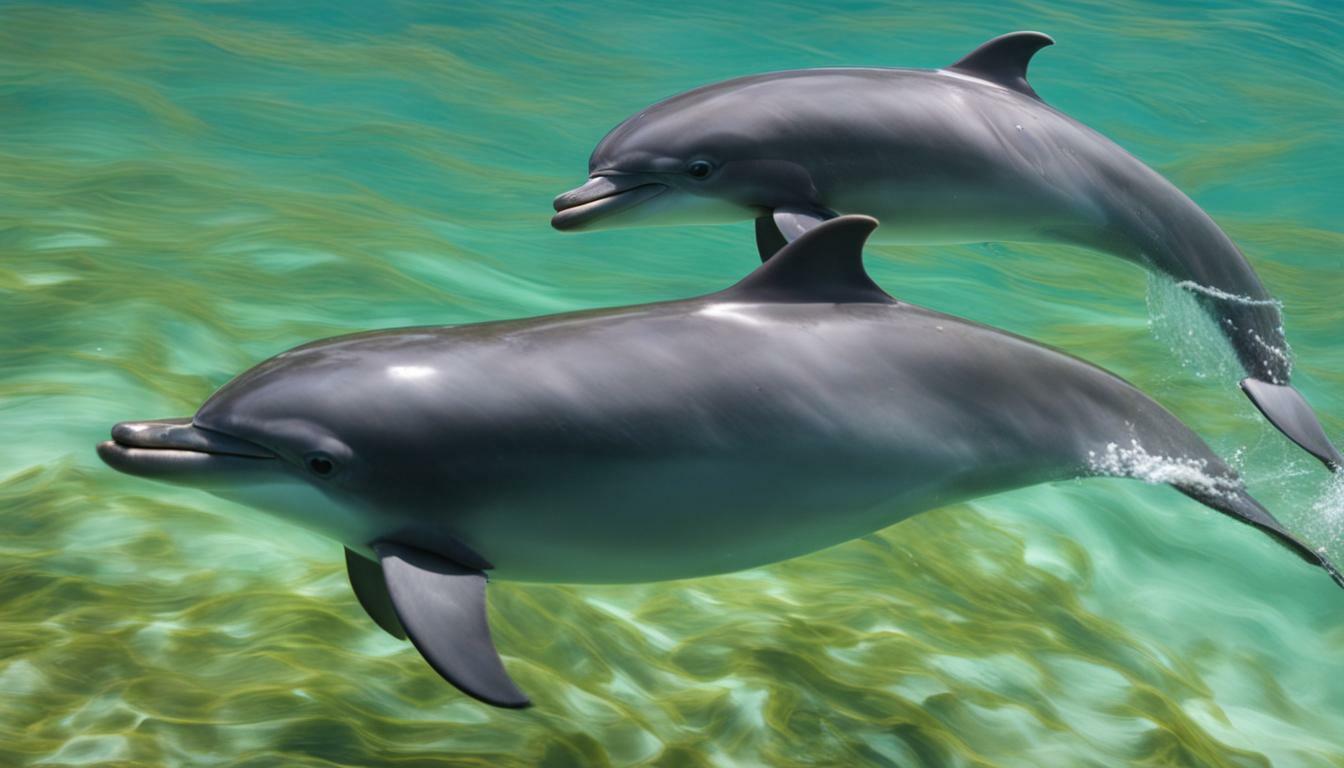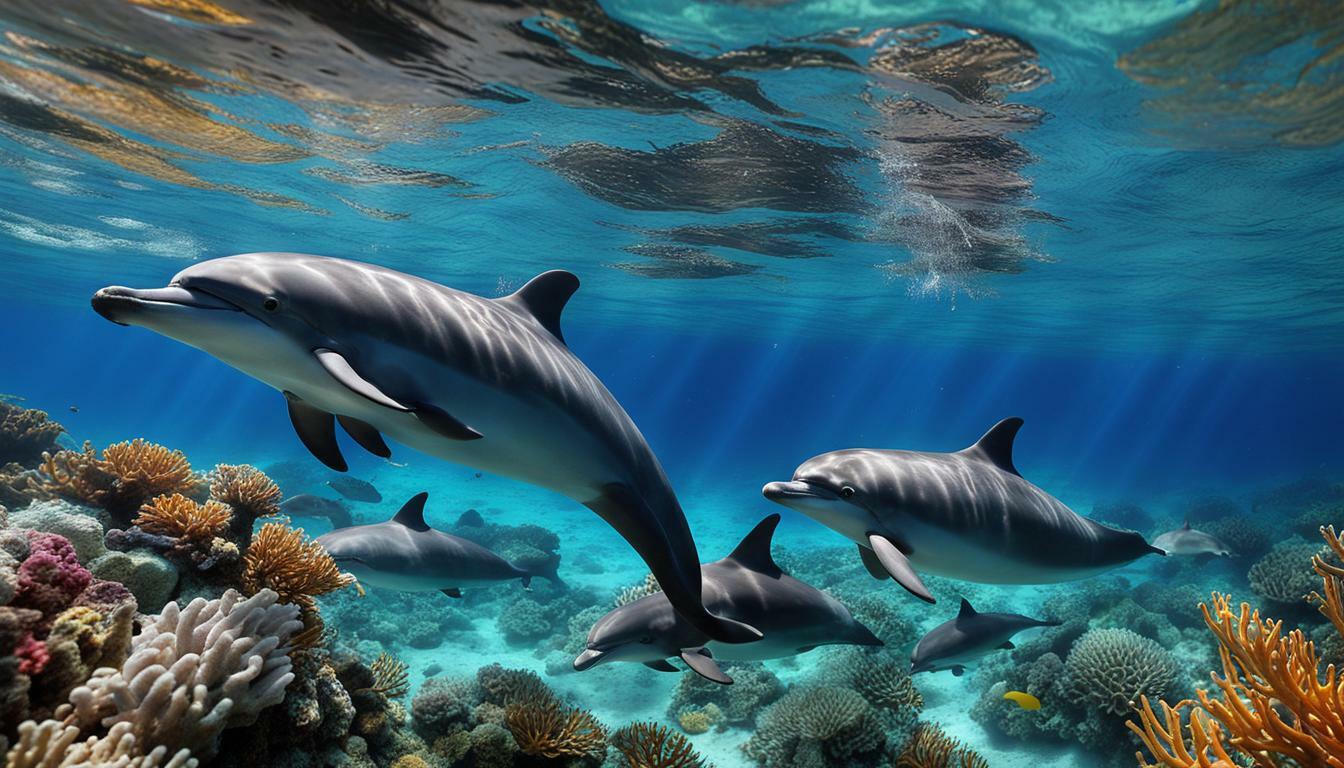Category: Aquatic Animals
-

Discover Dolphins: Geographical Distribution Across the Globe
Dolphins have a fascinating geographical distribution, with species inhabiting oceans and seas across the globe. They can be found in almost all maritime environments, except the Caspian Sea and the Aral Sea. From the equator to the subpolar regions, dolphins thrive in temperate and tropical areas. While most species reside in saltwater, some have adapted
-

Understanding Dolphins: Feeding Habits and Prey Selection.
Dolphins have fascinating feeding habits and a unique prey selection process that plays a crucial role in their survival. These intelligent marine mammals exhibit a varied diet, employing impressive hunting techniques to capture their prey. By exploring their feeding patterns and prey preferences, we can gain valuable insights into the factors that influence their food
-

Unlocking Dolphins’ Intelligence and Problem-Solving Abilities
Dolphins are renowned for their remarkable intelligence and exceptional problem-solving abilities. With larger brains in proportion to their body size and a highly developed neocortex responsible for conscious reasoning and judgment, dolphins possess cognitive abilities that have fascinated scientists for decades. These incredible marine mammals have a sophisticated communication system, utilizing vocalizations, body language, and
-

Understand Dolphins: Reproductive Cycle and Mating Behavior Explored
Dolphins have a unique reproductive cycle and engage in fascinating mating behavior. From their indiscriminate amorous behavior to their complex social structures, these marine mammals captivate researchers and nature enthusiasts alike. Unlike many other animals, dolphins do not have a specific mating season. They are capable of mating year-round, making their reproductive cycle a constant
-

Discover: Where Does Dolphins Live? Dive into Their Habitat!
Dolphins are fascinating marine mammals that inhabit various parts of the world’s oceans. They can be found in the shallow waters of the ocean’s continental shelves, particularly in tropical and temperate waters. Some dolphin species, like the killer whale, have adapted to living in the deeper ocean waters. But dolphins aren’t limited to the vast
-

Dolphins: Physical Characteristics and Adaptations Explored
Dolphins possess remarkable physical characteristics and adaptations that make them perfectly suited for life in the water. Their streamlined body shape reduces drag and allows them to swim efficiently at high speeds for short bursts, as well as lower speeds for longer periods of time. With a blowhole on top of their heads, dolphins can
